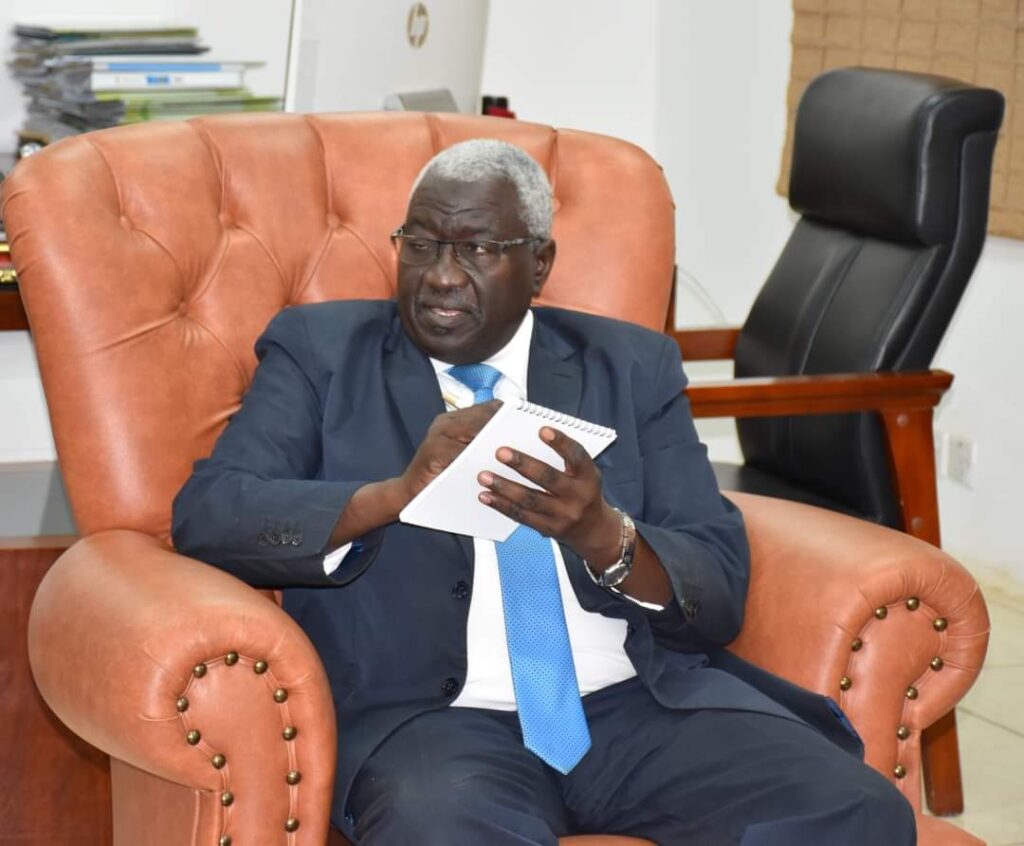By Ibrahim Ali Ibrahim
June 13, 2009 — The AU- UN Chief Mediator for Darfur, mediators, special envoys to Sudan, and partners have been vigorously trying to engage the two parties to the war in Darfur, the government and JEM, into a new phase of negotiations to achieve a cease fire agreement.
In a distributed statement on April 30, 2009, Robert Wood, the US State Department Spokesman declared, “An interim cease-fire is within reach, one which will allow the armed movements and the government of Sudan to achieve a comprehensive solution that includes security, individual compensation, wealth-sharing, respect for land rights and political participation by all the people of Darfur”. Some writers argued if the ceasefire talks succeed, they should be followed by full-blown peace talks similar to the Comprehensive Peace Agreement (CPA) between the North and South.
This approach, however, has been historically proven flawed and problematic. Conflicts resolution scholars do not advise for a cease-fire deal at the beginning of the negotiations. Therefore, I think we should not push the parties for a cease-fire agreement as a precondition or prerequisite to the peace talks.
Cease-fire agreements are weak, vulnerable and tend to fail and collapse immediately after they were signed. The 2004 cease-fire agreement signed in the Chadian capital between the government and SLM/ Minawi wing was totally ignored and collapsed.
Once cease-fire agreements were signed, a huge pressure was put on the parties and they start exchanging blames and accusations of breaching the agreement and rush for mediators for complaints and that will make the negotiations very hard and interruptive. We have already seen this exchange of blames between the government and JEM after they signed the “Goodwill Agreement” on February 17, 2009 in Doha, Qatar.
It is almost impossible to monitor a cease-fire agreement in a region of vast lands, such as Darfur, which is equal of France in size. It is not feasible, for the same reason, to have a model cease-fire agreement in one or more places in Darfur where rebel’s troops tend to have a great deal of mobility over the region, with their Toyota Land cruiser trucks. Meantime, It is almost impractical to have a “one” cease-fire agreement where we have too many factions operating inside the region. This will make it hard to decide on parties to this cease-fire deal, and trigger issues of representation at an early stage not only to the ceasefire deal, but also to the whole peace process. The Darfur Peace Agreement (DPA) signed by the government and SLM/Minawi has failed to stem the violence as other rebel movements refused to sign it.
Similarly, it is almost impractical to have more than one cease-fire agreement where we have too many factions operating inside the region. This will create conflict of interest and trigger rivalries among the various factions. Cease fire agreements would not work because of the spread of intra factions’ and tribal wars. The JEM troops still fighting against the SLM/A in north Elfashir, the same way they fought over Muhajireya in January 2009. In addition, there are no clear sustainable positions, bases or battlegrounds for armed factions such as JEM and SLM unity, so to allocate responsibilities, or monitor the enforcement.
In the North – South agreement (CPA) the parties did not commit themselves to any cease-fire agreement, and major operations occurred during the negotiations, among them is the capture of Torit by the government army, which negatively affected and delayed the negotiations.
Instead of pursuing this “sticky” path and the “problematic” cease-fire agreement, I think, we should look for a deal that would push the whole peace process further and give us a breakthrough. A deal very similar to a cease-fire agreement that would serve both the humanitarian and the political purpose and help us jump-starts a comprehensive peace process for Darfur. Therefore, we should work to achieve an Extension to the “Goodwill Agreement” signed between the two parties in Doha, Qatar. This should be easy to achieve, psychologically speaking given the long history of deep mistrust. This Extension or continuation could be called a “Cessation of Hostilities” or any thing similar, for example. This new agreement should not require any monitoring burdens on the parties nor should it need technical assistance from the mediators and partners at this phase.
In this Extension, we can ask the two parties to refrain from certain hostile activities during the negotiations. The government forces should stop using military planes over certain cities and towns, cease all acts of violence, including intimidation, destruction of property and any kind of offensives. It should also suspend and halt the Janjaweed and allied militias. In return, the JEM forces should stop mobilizing their troops by Toyota trucks over the region and position themselves in bases. It should also stop attacking other factions and rival tribes in the region. The objective of this agreement will be building further confidence between the two sides, proceed to the next phase of the peace process, enable delivery of humanitarian, rehabilitation, and reconstructions assistance. Achieving these objectives will give the parties an opportunity to prove their seriousness and keens to enter into negotiations with faith and good hearts to achieve peace and stability in the region and the whole country.
Meantime, the need to start writing an Operating Framework for the peace process is appealing. A concurrent step should be taken while negotiating the above procedure, by pushing for negotiations to forge a partial or whole framework agreement to guide the peace process. A positive pressure is highly needed to have the parties submit to this call by declaring the agreed on issues, and then we move on to explore how we approach the contentious ones.
حركة العدل و المساواة السودانية
موقع متخصص بنقل آخر الأخبار و البيانات و القرارات لحركة العدل و المساواة السودانية

